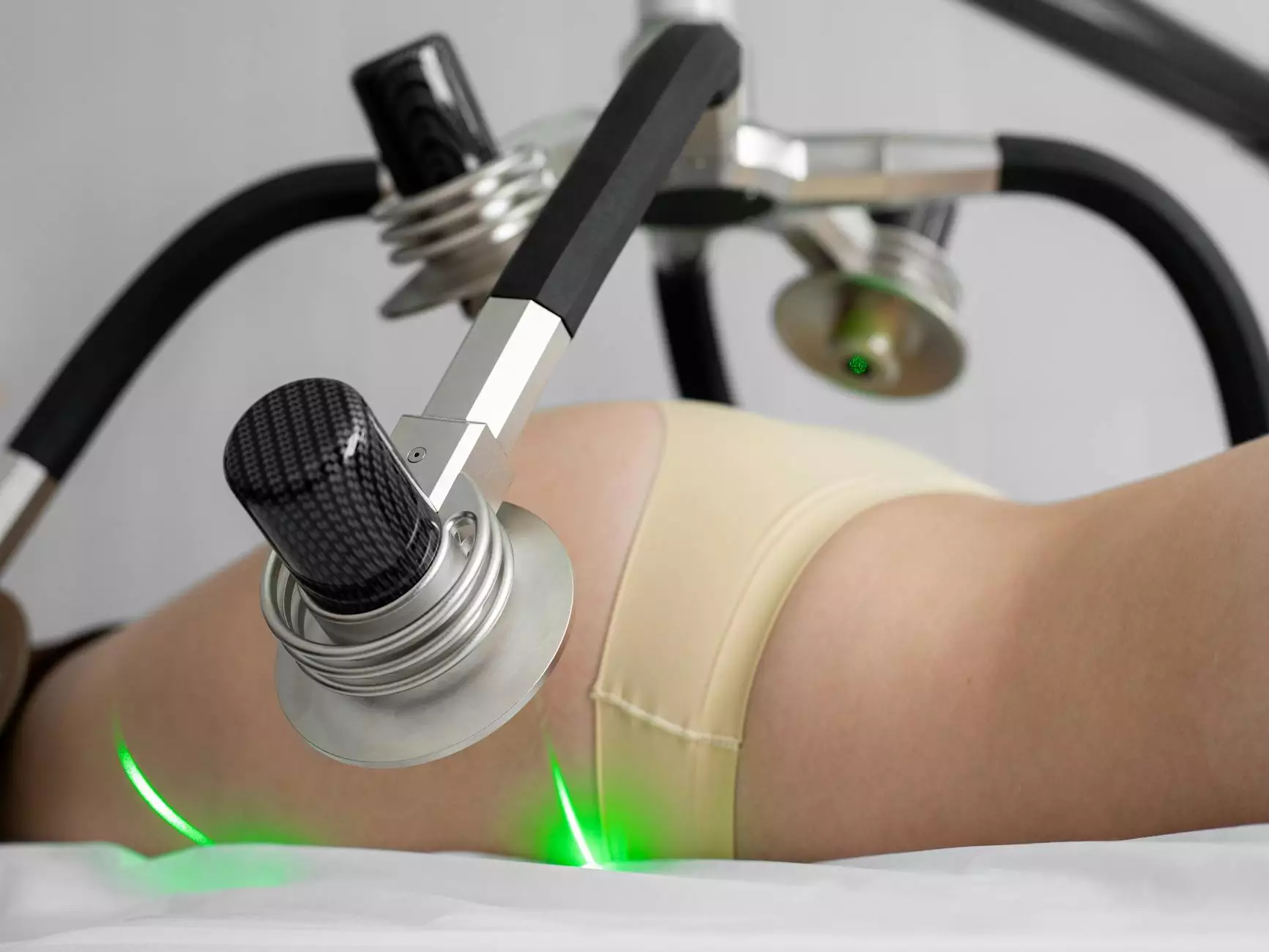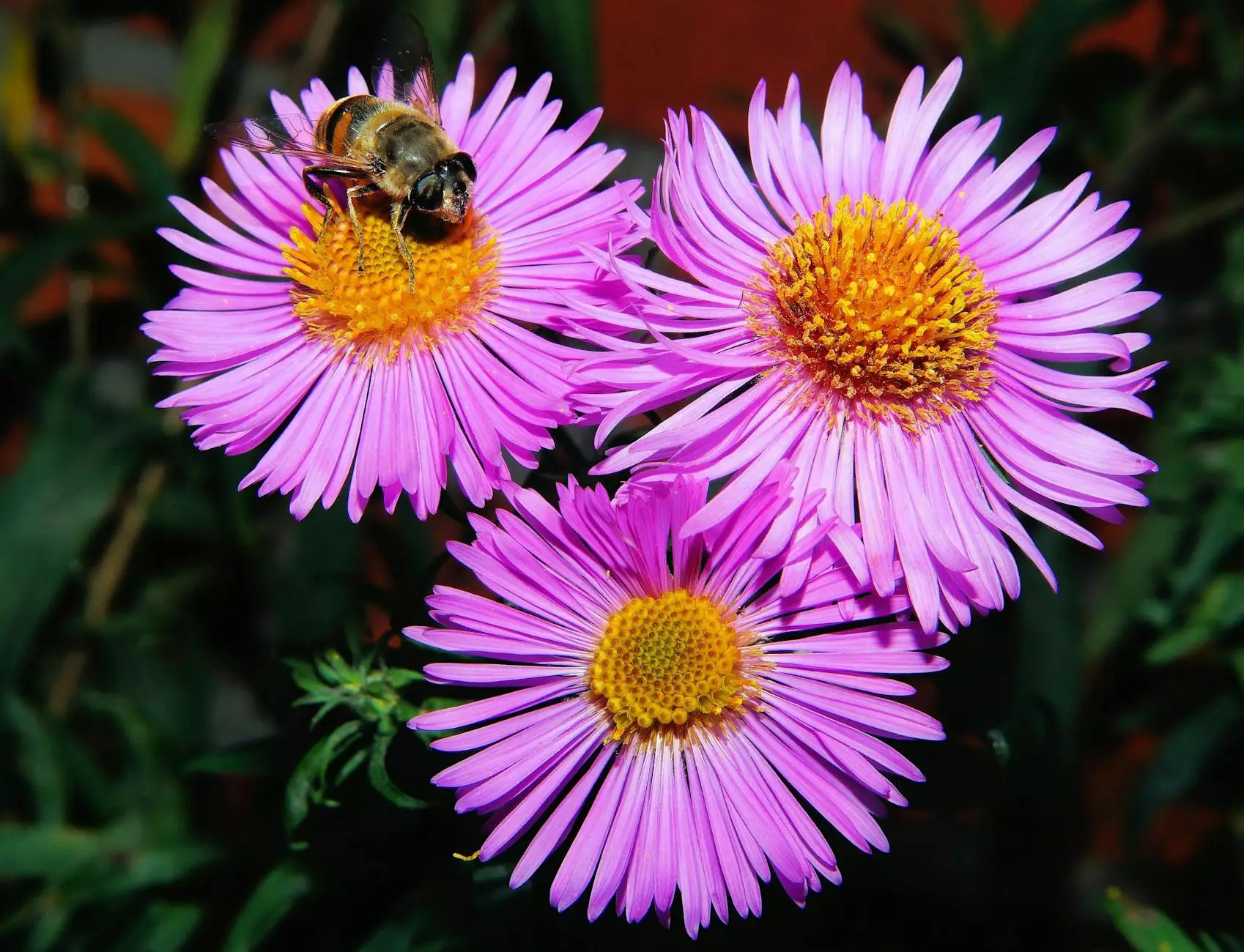Transforming the Future: 3D Printing in Agriculture

3D printing technology has evolved significantly over the past few decades, finding applications far beyond its initial use in prototyping and manufacturing. One of the most exciting fields where this technology is making a profound impact is in agriculture. As the global population continues to increase, the demand for sustainable agricultural practices has never been more crucial. This article delves into the various aspects of 3D printing in agriculture, exploring its benefits, applications, and the future it promises.
1. Understanding 3D Printing Technology
Before diving into its applications in agriculture, it's essential to understand what 3D printing entails. At its core, 3D printing, or additive manufacturing, involves creating three-dimensional objects by layering materials based on a digital model. This technology can utilize a variety of materials including plastics, metals, and even organic compounds.
1.1 The Process of 3D Printing
The 3D printing process comprises several key steps:
- Designing: An object is designed using Computer-Aided Design (CAD) software.
- Slicing: The CAD file is converted into a format that the printer can understand, often involving software that slices the design into cross-sectional layers.
- Printing: The 3D printer builds the object layer by layer, adhering material according to the specifications.
- Post-Processing: The printed object may require finishing touches, such as smoothing or painting.
2. Applications of 3D Printing in Agriculture
3D printing in agriculture is multifaceted, offering solutions that address various challenges in the sector. Below are several prominent applications:
2.1 Production of Custom Farming Equipment
Farmers often need tools and equipment that cater specifically to their unique farming practices. Traditional manufacturing methods can be costly and time-consuming. However, with 3D printing technology, farmers can design and produce custom equipment tailored to their specific needs. This includes:
- Harvesting tools: Specialized tools can be created to improve efficiency during harvesting season.
- Seed planters: Custom seed planters can be designed to plant seeds at optimal depths and distances.
2.2 Development of Innovative Seedlings
Another significant application is in the creation of seedlings and plant structures. By using 3D printing, researchers are developing seed structures that enhance plant growth and yield. The benefits include:
- Precision in design: More accurate structures can lead to better nutrient delivery.
- Optimized growth conditions: Seedlings can be designed to thrive in specific environments.
2.3 Creating Sustainable Farming Solutions
3D printing offers sustainable solutions by utilizing biodegradable materials and reducing waste. The following are crucial points:
- Using recycled materials: Farms can turn plastic waste into new agricultural tools.
- Reducing footprint: Traditional manufacturing processes often have a high carbon footprint; 3D printing minimizes this.
3. Advantages of 3D Printing in Agriculture
The advantages of integrating 3D printing in agriculture are numerous:
3.1 Cost-Effectiveness
3D printing drastically reduces production costs, allowing farmers to create necessary tools and parts without the hefty price tag typically associated with traditional manufacturing.
3.2 Speed and Efficiency
Rapid prototyping allows for quicker turnaround times. Farmers can test and iterate their designs rapidly, leading to faster innovation cycles.
3.3 Flexibility and Customization
Farmers can easily modify existing designs or create new ones based on their evolving needs, fostering a culture of creativity and adaptation.
4. Challenges and Limitations
While the benefits are abundant, 3D printing in agriculture is not without its challenges:
4.1 Material Limitations
Not all materials can be easily 3D printed, and certain agricultural applications may require materials that are not yet viable for printing.
4.2 Initial Investment
While costs can be lower in the long run, the initial investment for 3D printing technology can be substantial, impacting smaller farms.
5. The Future of 3D Printing in Agriculture
The future of 3D printing in agriculture is promising. As technology continues to advance, we can expect to see:
5.1 Advances in Bioprinting
Bioprinting allows for the creation of organic materials that can be used in farming, such as soil or plant tissues. This could radically change how we approach agricultural sustainability.
5.2 Integration with IoT and AI
The integration of Internet of Things (IoT) and artificial intelligence (AI) with 3D printing can lead to smart farming solutions where equipment is designed and managed through data-driven insights.
5.3 Global Accessibility
As 3D printers become more affordable, farmers across the globe will have access to this technology, facilitating a worldwide agricultural revolution.
6. Conclusion
In conclusion, 3D printing in agriculture stands at the forefront of innovation, promising to transform the way we cultivate our lands. By improving efficiency, enhancing sustainability, and offering customization, this technology presents solutions that can lead to significant advancements in farming practices. As we move forward, embracing this technology may be essential for meeting the agricultural challenges of tomorrow.
For more insights into the revolutionary applications of 3D printing, visit us at 3D Print Wig.









